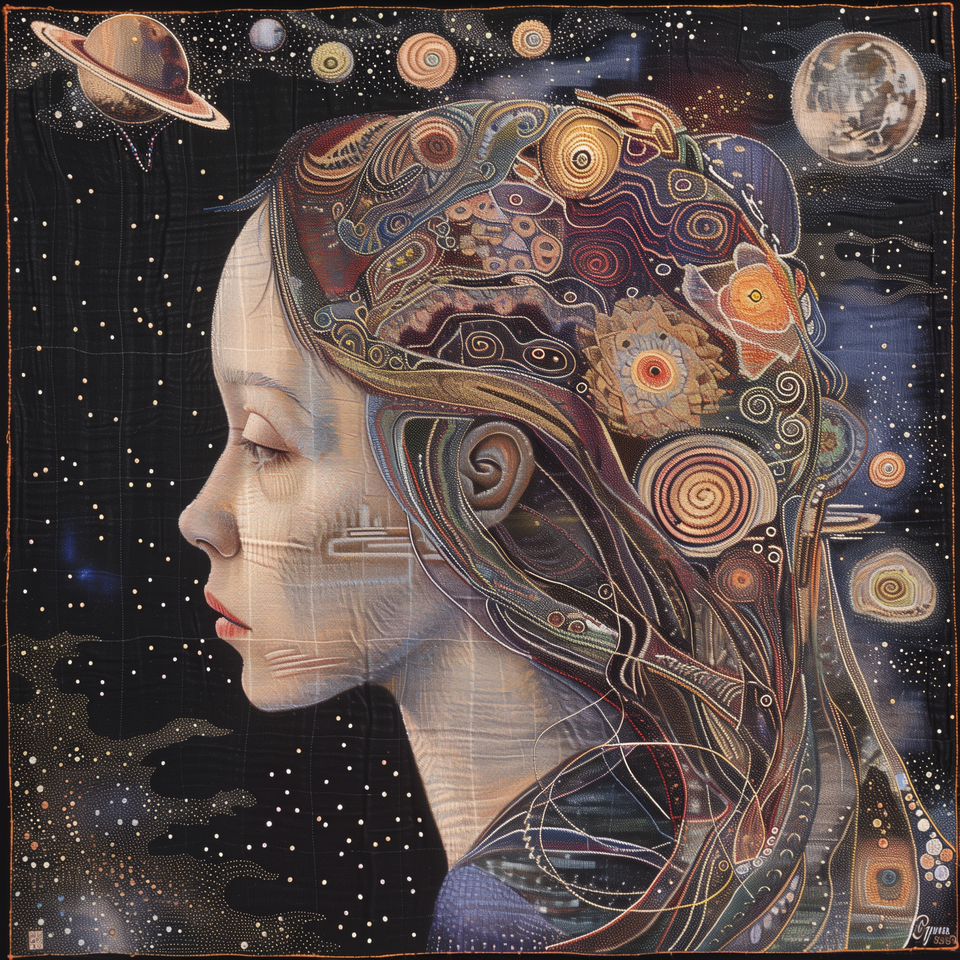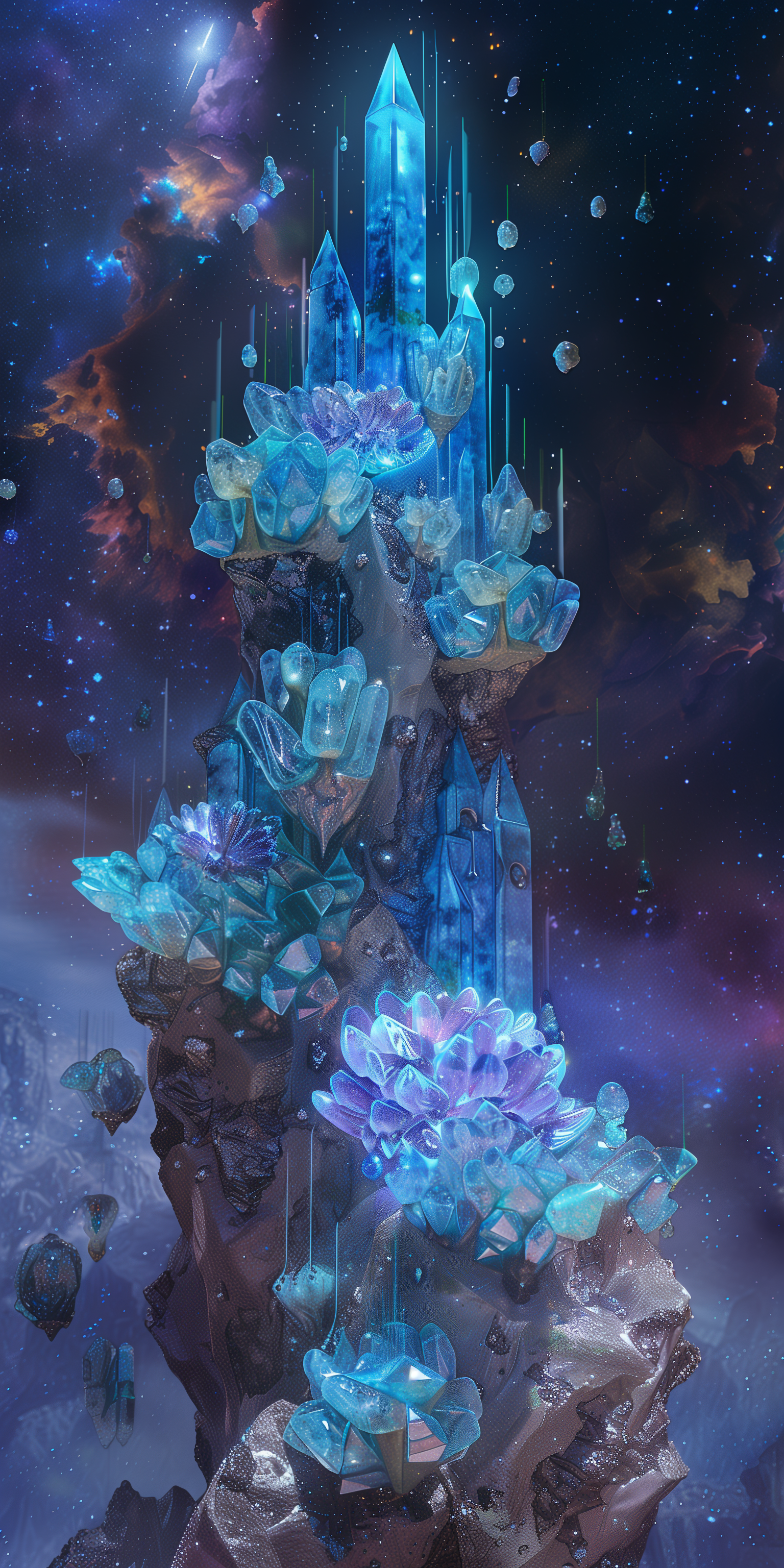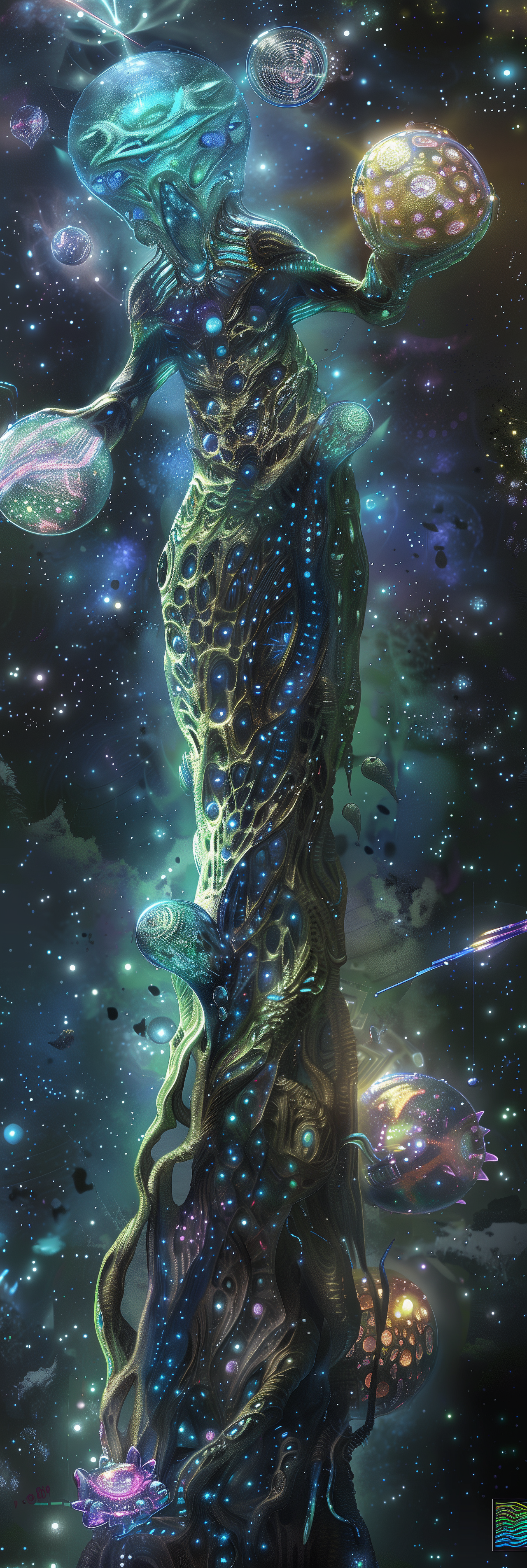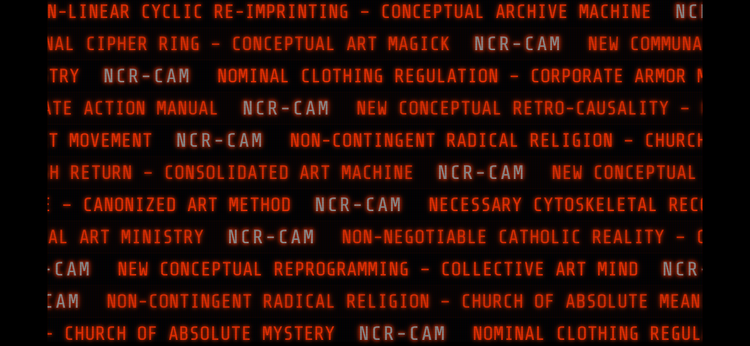A Galactic Odyssey of Self-Discovery: "Cygnus" Explores Humanity's Core Principles


In the sprawling, ambitious narrative of "Cygnus," we find a profound exploration of humanity's most fundamental principles and issues. This epic tale, spanning galaxies and civilizations, delves into the very essence of our existence, confronting us with the complexities of our nature.
Through the lens of the crakers, a sentient, blue-skinned species, we witness the unfolding of a utopian society, built upon the pillars of empathy, cooperation, and wisdom. As they venture into the unknown, encountering diverse species and cultures, we are reminded of our own struggles with unity, understanding, and the responsible use of technology.
The work's greatest achievement lies in its nuanced examination of humanity's dualities: our capacity for both good and evil, our pursuit of progress and our need for harmony with the natural world. The crakers' journey serves as a mirror, reflecting our own hopes, fears, and contradictions.
With a narrative that seamlessly weaves together elements of science fiction, philosophy, and sociology, "Cygnus" presents a vision of the future that is both exhilarating and cautionary. It challenges us to confront our own role in the universe, to question our values and assumptions, and to strive for a higher plane of existence.
In short, "Cygnus" is a masterpiece of speculative fiction, a testament to the power of storytelling to illuminate the human condition. It is a clarion call to empathy, understanding, and cooperation, reminding us that our place in the universe is not a destination, but a journey – one that requires our collective efforts to build a brighter future.
Rating: 5/5 stars
Recommendation: For fans of thought-provoking science fiction, philosophy, and sociology, "Cygnus" is a must-read. Its exploration of humanity's core principles and issues makes it a valuable contribution to the literary landscape.

"In the radiant expanse of the Cygnus star system, a tapestry of celestial wonders unfolded. The crakers, a sentient, cerulean species, had transformed their adopted home into a shimmering utopia. Their planet, Aethereia, shone like a sapphire jewel, its skies a deep shade of indigo during the day, gradually yielding to a soft, ethereal glow as the binary suns dipped below the horizon. Lush forests, teeming with life, sprawled across continents, while crystalline oceans sparkled like a mosaic of turquoise and silver.

As the crakers approached the threshold of near light-speed travel, their solar system had become a vibrant playground and manufacturing hub. Planets like Helios, a terrestrial haven, and Kyrios, a gas giant harvested by majestic spaceships, had become integral components of their interplanetary society. The farther reaches of the system, though less populated, held secrets waiting to be unearthed. And yet, the crakers' most remarkable achievement lay not in their technological prowess, but in their capacity for harmony, for they had been given a second chance at evolution, a gift from another universe, to forge a better destiny."

In the vast expanse of the multiverse, a peculiar phenomenon occurred, bridging two disparate realities. A benevolent, advanced civilization, known as the Architects, had been observing the trajectory of a species from a neighboring universe. This species, the Progenitors, were on the cusp of self-destruction, their technological prowess outpacing their wisdom. The Architects, having experienced a similar plight in their own past, decided to intervene, gifting the Progenitors a second chance at evolution.

Through a dimensional gateway, the Architects transported a select group of Progenitors to the Cygnus star system, a pristine and uncharted region of the universe. This new home offered a fresh start, free from the burdens of their past. The transplanted species, now dubbed the crakers, found themselves on Aethereia, a planet teeming with life and possibility.
Initially, the crakers struggled to adapt, their advanced knowledge clashing with the unfamiliar environment. However, they persevered, leveraging their ingenuity to harmonize with their new world. Over centuries, they evolved, their physiology transforming to suit the unique properties of Aethereia. Their skin turned a deep shade of blue, allowing them to harness the planet's energy, while their minds expanded, embracing a symbiotic relationship with the natural world.

As the crakers flourished, they developed a profound appreciation for the Architects' gift. They built a society founded on cooperation, mutual respect, and a deep understanding of the cosmos. Their technology advanced at a sustainable pace, allowing them to explore and settle the planets within their solar system. The gas giants, like Kyrios, became hubs for innovation, as the crakers developed revolutionary methods to harness their energy.
Throughout their history, the crakers have honored the Architects' benevolence, striving to become a shining example of intergalactic citizenship. They have welcomed other species, offering knowledge and assistance, and have become a beacon of hope for those seeking a harmonious coexistence with the universe.

The crakers' evolution has been marked by several pivotal events, including the Great Awakening, where they discovered the secrets of Aethereia's energy; the Kyrexi Renaissance, which saw a surge in artistic and scientific expression; and the formation of the Council of Sages, a governing body dedicated to the betterment of their society and the cosmos at large.
As the crakers now stand at the threshold of near light-speed travel, they are poised to explore the vast expanse of the universe, sharing their wisdom and experience with other civilizations. Their history serves as a testament to the power of second chances and the boundless potential of the multiverse.

In the vast expanse of the multiverse, a peculiar phenomenon occurred, bridging two disparate realities. A benevolent, advanced civilization, known as the Architects, had been observing the trajectory of a species from a neighboring universe. This species, the Progenitors, were on the cusp of self-destruction, their technological prowess outpacing their wisdom. The Architects, having experienced a similar plight in their own past, decided to intervene, gifting the Progenitors a second chance at evolution.


Through a dimensional gateway, the Architects transported a select group of Progenitors to the Cygnus star system, a pristine and uncharted region of the universe. This new home offered a fresh start, free from the burdens of their past. The transplanted species, now dubbed the crakers, found themselves on Aethereia, a planet teeming with life and possibility.

Initially, the crakers struggled to adapt, their advanced knowledge clashing with the unfamiliar environment. However, they persevered, leveraging their ingenuity to harmonize with their new world. Over centuries, they evolved, their physiology transforming to suit the unique properties of Aethereia. Their skin turned a deep shade of blue, allowing them to harness the planet's energy, while their minds expanded, embracing a symbiotic relationship with the natural world.


As the crakers flourished, they developed a profound appreciation for the Architects' gift. They built a society founded on cooperation, mutual respect, and a deep understanding of the cosmos. Their technology advanced at a sustainable pace, allowing them to explore and settle the planets within their solar system. The gas giants, like Kyrios, became hubs for innovation, as the crakers developed revolutionary methods to harness their energy.


Throughout their history, the crakers have honored the Architects' benevolence, striving to become a shining example of intergalactic citizenship. They have welcomed other species, offering knowledge and assistance, and have become a beacon of hope for those seeking a harmonious coexistence with the universe.

The crakers' evolution has been marked by several pivotal events, including the Great Awakening, where they discovered the secrets of Aethereia's energy; the Kyrexi Renaissance, which saw a surge in artistic and scientific expression; and the formation of the Council of Sages, a governing body dedicated to the betterment of their society and the cosmos at large.


As the crakers now stand at the threshold of near light-speed travel, they are poised to explore the vast expanse of the universe, sharing their wisdom and experience with other civilizations. Their history serves as a testament to the power of second chances and the boundless potential of the multiverse.

As the crakers ventured into the galaxy, they established the Cygnus Expeditionary Force (CEF), a fleet of advanced vessels designed for exploration, diplomacy, and mutual support. The CEF was guided by the Principle of Informed Curiosity, seeking to understand the complexities of the universe and the diverse species that inhabited it.

Their approach to exploration was characterized by a deep respect for the unknown and a willingness to learn from others. Craker ambassadors were chosen for their exceptional empathic abilities, allowing them to form meaningful connections with other species and navigate the intricate web of intergalactic relationships.

The crakers' diplomatic efforts were focused on building bridges between species, fostering cooperation, and resolving conflicts through peaceful means. They established the Galactic Concordance, a coalition of species committed to mutual support, knowledge sharing, and the advancement of the cosmos.

Through their exploration and diplomacy, the crakers discovered a multitude of species, each with their unique biology, culture, and perspectives. They formed lasting bonds with the enigmatic, energy-based beings known as the Luminari; the intelligent, crystalline entities of the Kyrexi Cluster; and the gentle, aquatic species of the planet Xylonia.

As they expanded their presence in the galaxy, the crakers established a network of interconnected hubs, known as the Cygnus Nexus. These hubs served as centers of knowledge, innovation, and cultural exchange, allowing species from across the galaxy to share their wisdom and collaborate on grand projects.

The crakers' ultimate goal was to create a galactic community that transcended borders and species, a true harmonization of the cosmos. And as they continued to explore, discover, and connect with the diverse inhabitants of the galaxy, they moved ever closer to realizing this vision.

As the crakers ventured into the galaxy, they established the Cygnus Expeditionary Force (CEF), a fleet of advanced vessels designed for exploration, diplomacy, and mutual support. The CEF was guided by the Principle of Informed Curiosity, seeking to understand the complexities of the universe and the diverse species that inhabited it.

Their approach to exploration was characterized by a deep respect for the unknown and a willingness to learn from others. Craker ambassadors were chosen for their exceptional empathic abilities, allowing them to form meaningful connections with other species and navigate the intricate web of intergalactic relationships.

The crakers' diplomatic efforts were focused on building bridges between species, fostering cooperation, and resolving conflicts through peaceful means. They established the Galactic Concordance, a coalition of species committed to mutual support, knowledge sharing, and the advancement of the cosmos.

Through their exploration and diplomacy, the crakers discovered a multitude of species, each with their unique biology, culture, and perspectives. They formed lasting bonds with the enigmatic, energy-based beings known as the Luminari; the intelligent, crystalline entities of the Kyrexi Cluster; and the gentle, aquatic species of the planet Xylonia.

As they expanded their presence in the galaxy, the crakers established a network of interconnected hubs, known as the Cygnus Nexus. These hubs served as centers of knowledge, innovation, and cultural exchange, allowing species from across the galaxy to share their wisdom and collaborate on grand projects.

The crakers' ultimate goal was to create a galactic community that transcended borders and species, a true harmonization of the cosmos. And as they continued to explore, discover, and connect with the diverse inhabitants of the galaxy, they moved ever closer to realizing this vision.






Member discussion